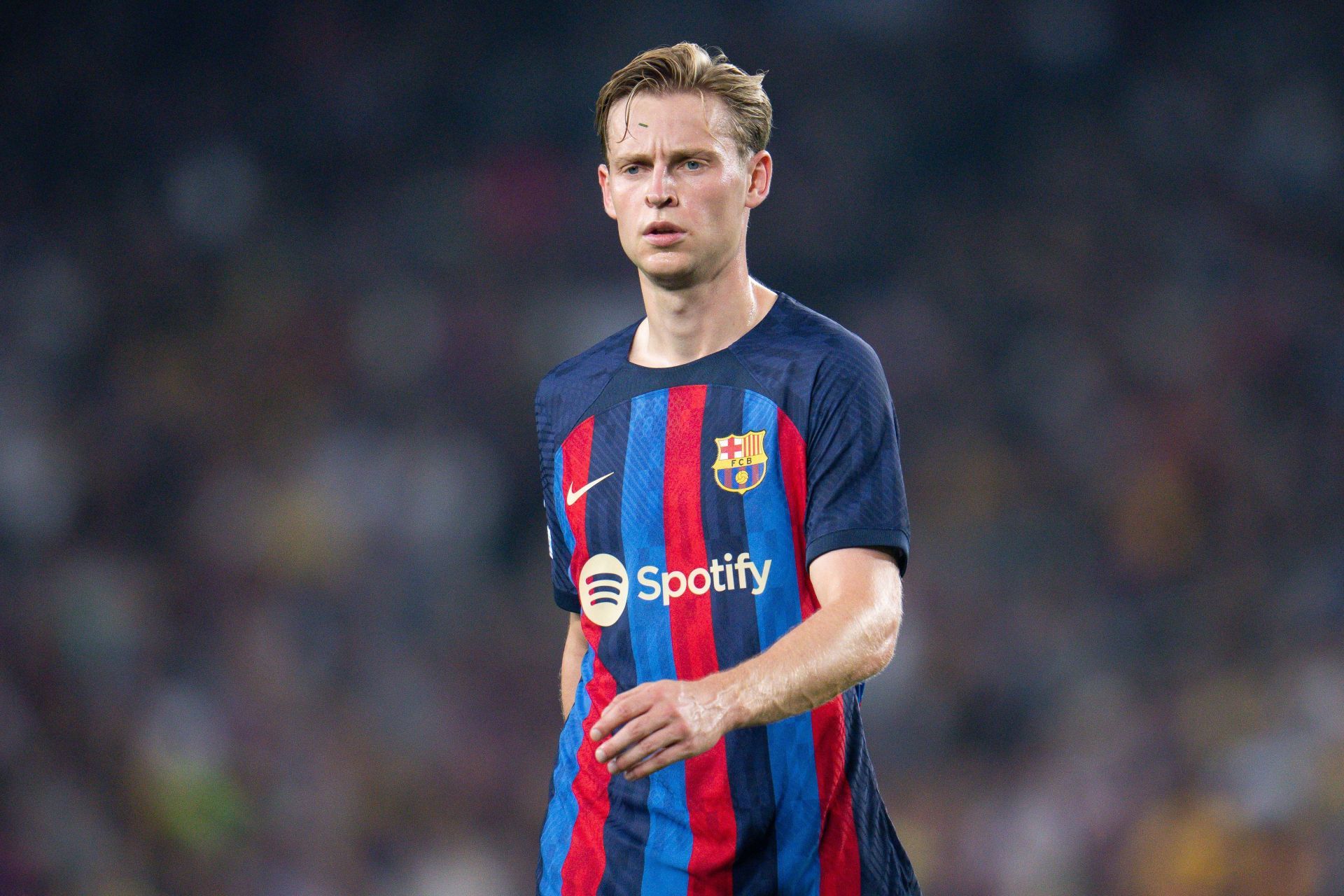
How Xavi has engineered Frenkie de Jong’s change of fortunes
Frenkie de Jong has transformed his situation in Barcelona as impressively after virtually being told to leave the club with millions owed in salary.
Right before the deadline day of the summer transfer window, De Jong's future at Camp Nou was up in the air. The midfield tactician was deemed a luxury asset for a side scrambling to balance their books. Luxury because despite his widely acknowledged qualities, the 25-year-old was never seen as an indispensable cog in Xavi's system. Likewise, Barca, despite showing moments of brilliance in different parts of last season, fell short when it truly mattered and ended the campaign trophyless.
But this season, there's something different about both the club and the Dutchman. A sense of resilience that first showed its head when the Dutchman dug into his heels in the summer transfer window to stay in Catalonia on his own terms. This sternness eventually seeped through to a team that has so far recorded seven 1-0 league wins to extend their lead to 11 points at the top of the table.
How have the Blaugrana managed to turn it around? Without further ado, let's find out.
Four-man midfield with De Jong

It's only fitting that one of the greatest midfielders of his time has seen the fortunes of his side transformed through the changes he made in the middle of the park. Xavi's system incorporates a four-man midfield with De Jong partnered alongside Sergio Busquets at the base of midfield. Pedri is deployed as a false left winger, and Gavi's tenacity is best utilized ahead of the pivot.
The extra passing option helps Barcelona retain possession by dropping between the lines to receive the ball. A spare midfielder - often Gavi - is always present to counter-press or support the side in transition. Pedri and Gavi's presence closer to Robert Lewandowski also aids Barcelona in creating overloads.
But the most vital cog in midfield is De Jong, who is involved in all three thirds of the field. His directness in possession and energy makes him the epitome of Xavi's philosophy: verticality in attacking.
Barcelona typically use a 3-2-5 structure in possession. De Jong drops on the left side of the pitch to provide an alternative option to Busquets during the build-up phase. The duo's technical security renders a high press against Barcelona redundant.
De Jong's seamless ball-carrying ability and the freedom to roam with Busquets sitting closer to the defense, enable Barca to find themselves near their opponent's goal in no time. He is 97th percentile in progressive carries and 88th in take-ons among midfielders in Europe's top five leagues as per FBREF (last 365 days).
During turnovers, he hampers the opposition attacks through his pressing and physicality - only Busquets ranks higher among Barcelona midfielders for ball recoveries percentile.
Instead of asking the 25-year-old to do everything in one role, Xavi has the support of other midfielders in all phases. This has enabled him to get the most out of the immensely talented Dutchman.
These days, there's a renewed sense of confidence when he carries the ball, tranquility when he scans for his next pass, and security when he's out of possession.
With a two-legged tie against Manchester United next on the agenda, De Jong has the opportunity to make not one but two managers on the touchline feel proud of their assessment of the player.
